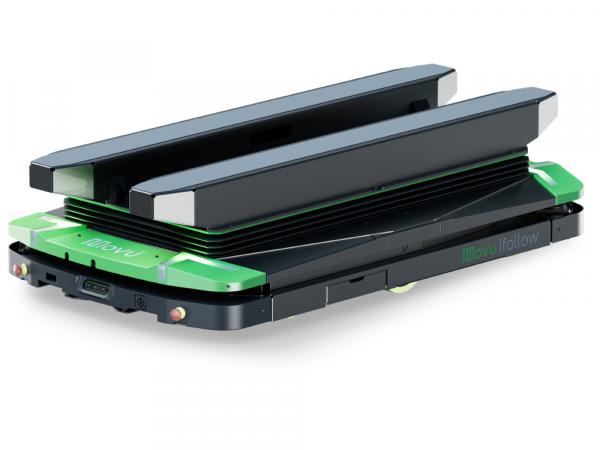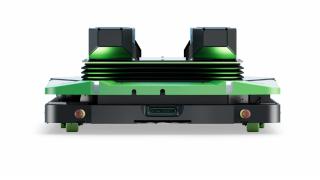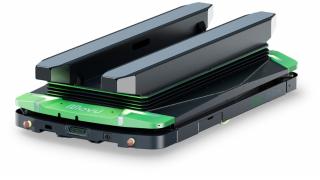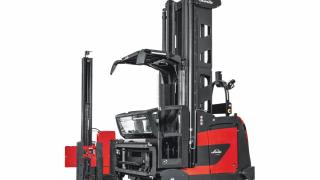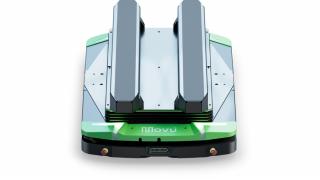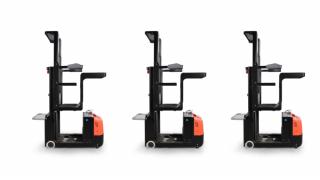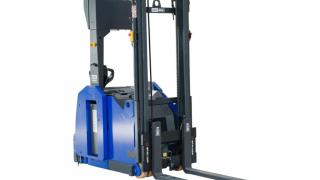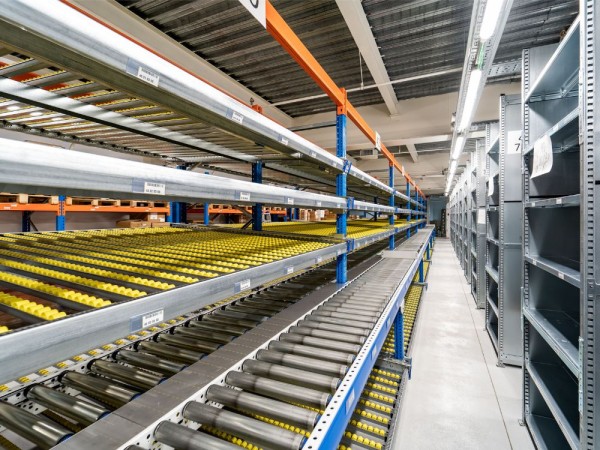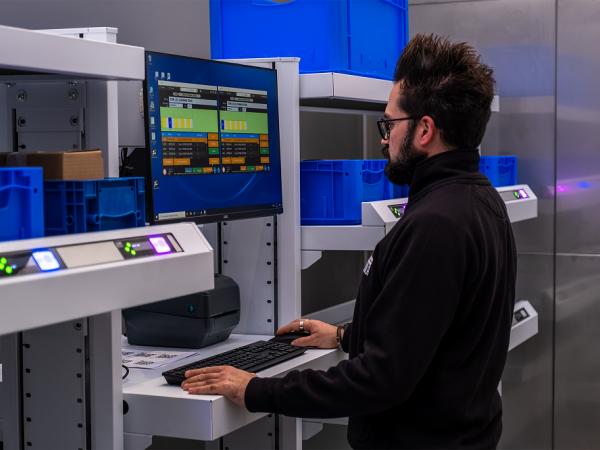STAMH GROUP IS HERE, TO HELP YOU SELECT THE SOLUTION THAT FITS BETTER TO YOUR SPECIFIC INTRALOGISTICS NEEDS
Automated Mobile Robots (AMRs) and Automated Guided Vehicles (AGVs) are broadly used for automated intralogistics transportation and material handling in warehouses and distribution centers. They automate the intralogistics transportation of pallets and other goods, significantly reducing the need for other types of solutions in the warehouse, like >>
- Material handling machines;
- Conveyor Systems;
- Manual transportation carts;
As with any other Warehouse Automation System, they drastically reduce the need for manual handling, or covering large distances in the distribution center, searching, and transporting heavy or numerous lighter goods;
While an Automated Mobile Robot or an Automated Guided Vehicle effectuates intralogistics transportation, other systems and warehouse operators can easily perform other, more important, non-repetitive tasks. Have you ever calculated the amount of time spent for transportation in the warehouse, every day?
In this article, we will try to give you some main characteristics and distinguishing features of the AMRs and the AGVs systems;
WHAT TO CHOOSE? IS AMR OR AGV BETTER FOR MY WAREHOUSE?
The solution involves a thorough analysis of the warehouse's requirements, layout, workflow, and budget constraints. This is the logical first step, to determine whether an AGV or AMR system would be the most suitable for optimizing processes and improving efficiency in the facility. AMRs and AGVs differ in terms of guidance systems, flexibility, implementation costs, maintenance, and scalability possibilities, so here we share some important answers:
WHAT ARE THE MAIN DIFFERENCES BETWEEN AMR-s AND AGV-s, REGARDING THE GUIDANCE SYSTEM?
As AGV-s typically use fixed guiding systems, AMRs are equipped with more advanced navigation systems such as LiDAR, cameras, or inertial sensors. So, if AGVs follow predefined paths, AMR solutions are more flexible and navigate autonomously without requiring physical modifications to the environment or the distribution center infrastructure;
HOW IS AGV DIFFERENT FROM AMR IN TERMS OF FLEXIBILITY?
Well, the answer to this question is closely connected with the previous considerations we made. AMRs offer greater flexibility, as they can navigate around obstacles autonomously, and dynamically adjust their routes. Advanced AMR solutions, like ifollow, can be adapted to:
- Changes in the requirements;
- Changes of the intralogistics tasks over time;
- Changes in the layout of the warehouse;
- Infrastructure modification;
- Workloads and performance needed;
WHAT ABOUT THE COSTS? WHICH SYSTEM IS MORE EXPENSIVE AND WHICH SYSTEM MAY PROVIDE BETTER ROI FOR MY BUSINESS?
Well, the answer to this question should be taken into consideration from the ROI perspective. Before being able to make estimations, every warehouse manager should process large amounts of data, regarding intralogistics processes, warehouse inventory, workloads, distances, storage systems, and implementation costs. But generally, AGVs may require substantial upfront investments, because some infrastructural changes need to be made.
On the other hand, AMRs often require higher initial investments for the robots themselves, but may result in being more profitable in the long run, taking into consideration their adaptability, flexibility, and the lack of infrastructural changes needed;
IS AN AMR OR AGV SOLUTION MORE SCALABLE? WHAT SHOULD I DO IF THE WAREHOUSE ENVIRONMENT AND REQUIREMENTS CHANGE?
AMR solutions are easier to scale. They can perform different tasks and new robots may be added to the system, to increase productivity and efficiency. AGVs scalability is more difficult and may require previous re-planning, and additional infrastructure investments;
Finally, our most sincere recommendation is to get in touch with a specialized intralogistics solutions engineering company. You can easily reach our international warehouse automation teams at office@stamh.com;
For warehouses with relatively stable layouts and repetitive tasks, AGVs may be the best solution. Warehouses and distribution centers, that frequently change their layout and perform different tasks such as intralogistics transportation or collaborative picking, AMR systems may be more recommendable;


